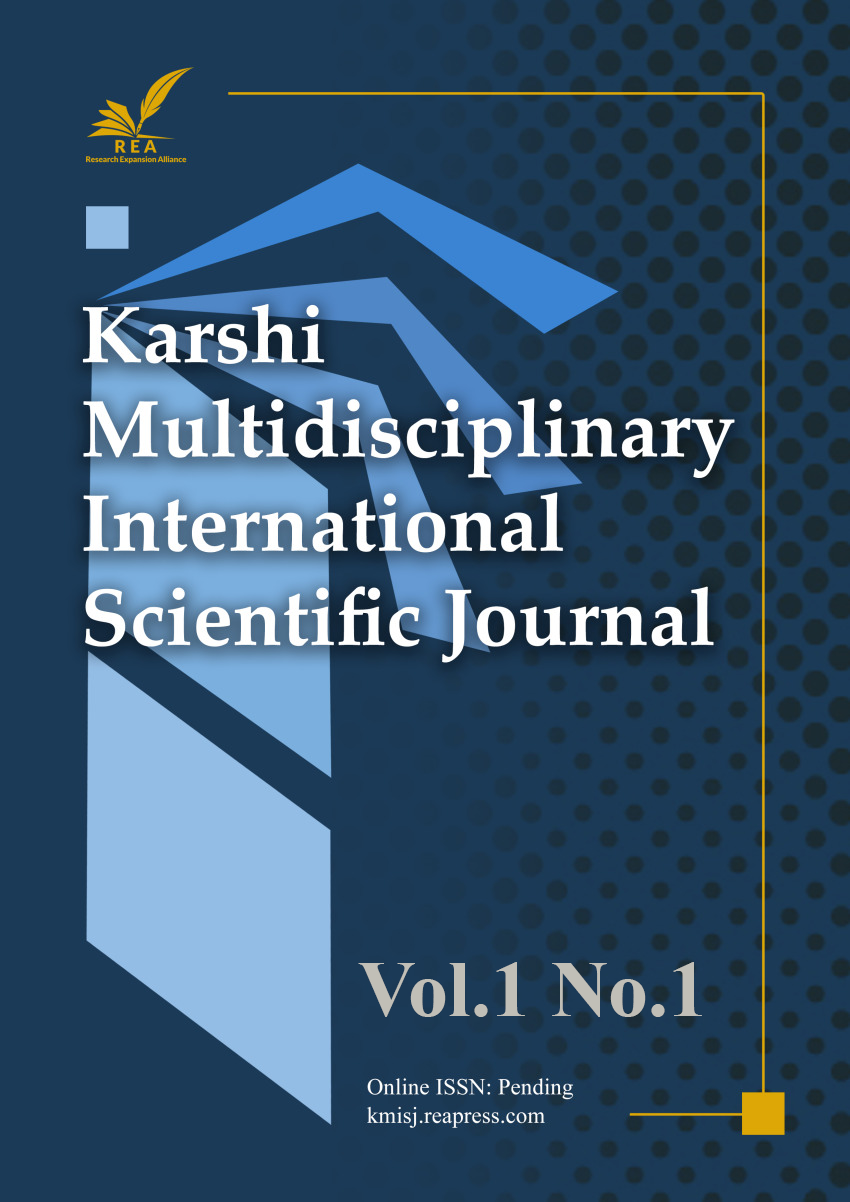On the Behavior of Short G. Weyl Trigonometric Sums on Major Arcs
DOI:
https://doi.org/10.22105/kmisj.v1i1.46Keywords:
Short trigonometric sum, nontrivial estimate, large arcs, asymptotic formulaAbstract
This paper studies the behavior of G. Weyl’s short trigonometric sums on large arcs.
References
Vaughan, R. C. Some remarks on Weyl sums. Colloquium on Number Theory, Math. Soc. János Bolyai, Budapest, 1981.
Hua, Loo-Keng. The Method of Trigonometric Sums and Its Applications in Number Theory. Moscow: Mir, 1964, 190 pp. (In Russian)
Vaughan, R. C. On Waring’s problem for cubes. Journal für die reine und angewandte Mathematik, 1986, vol. 365, pp. 122–170.
Rakhmonov, Z. Kh. The ternary Estermann problem with almost equal summands. Mathematical Notes, 2003, vol. 74, no. 4, pp. 564–572. (In Russian)
Rakhmonov,Z.Kh.,andShokhamolova,J.A. ShortquadraticWeyl-typetrigonometricsums. Proceedings of the Academy of Sciences of the Republic of Tajikistan, Series of Physical-Mathematical, Chemical, Geological and Technical Sciences, 2009, no. 2(135), pp. 7–18. (In Russian)
Rakhmonov, Z. Kh., and Fozilova, D. M. On a ternary problem with almost equal summands. Reports of the Academy of Sciences of the Republic of Tajikistan, 2012, vol. 55, no. 6, pp. 433–440. (In Russian)
Rakhmonov, Z. Kh., and Ozodbekova, N. B. Anestimate for short Weyl-type trigonometric sums. Reports of the Academy of Sciences of the Republic of Tajikistan, 2011, vol. 54, no. 4, pp. 257–264. (In Russian)
Rakhmonov, Z. Kh. Short Weyl trigonometric sums. Scientific Notes of Oryol University. Series: Natural, Technical, and Medical Sciences, 2013, no. 6, part 2, pp. 194–203. (In Russian)

